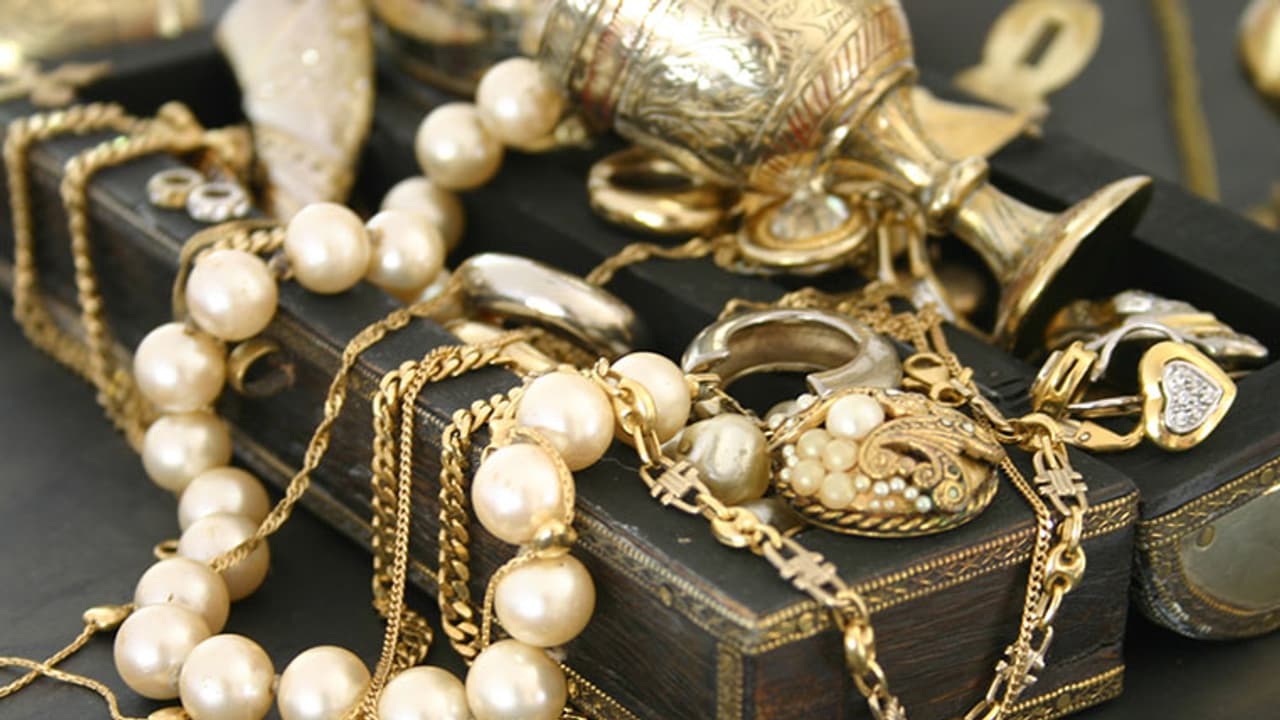The Indian Antiquities, Modern Contemporary Fine Arts and Books auction by the Osian's Group will be held on April 7 An opening preview exhibition on April 3 at the Tao Art Gallery. Rare books, catalogues and journals on Indian arts from the late 19th century till the most recently published record of the 21st century will be up for auction.
The Indian Antiquities, Modern Contemporary Fine Arts and Books auction by the Osian's Group will be held on April 7 with an opening preview exhibition on April 3 at the Tao Art Gallery. Among the collections are artworks by modern contemporary masters like Ustad Allah Bukhsh's 'Krishna Series' of mid-1920s, Nicholas Roerich's mid-1930's 'Pilgrim in the Himalayas' and K C S Paniker's earliest and the largest reference of marrying art and crafts vocabulary through his 1964 'Words and Symbols'; one of the last paintings done before departing for London in the late 1940s by F N Souza; and M F Husain's horses from the late Indira Gandhi family collection.
The sale opens with 12 lots of rare books, catalogues and journals on Indian arts from the late 19th century till the most recently published record of the 21st century. The artworks also include an important 3rd-4th century Buddhist gray Schist sculpture from the Gandharan region and Kushan Period, formerly from the collection of a prince; and a significant medieval Buff Sandstone Stele of Saraswati from the 12th century to most important schools of miniatures from the Indian belt (Deccani, Pahari, Mughal, Mewar and Company).
These examples represent some of the pinnacles of India's lost artistic heritage and now the Indian collector has a chance to bring them back home, Osian's said. Commenting on the auction, Osian's Founder and Chairman Neville Tuli said, "It is time our governments recognise that the heart of a great civilisation is its artistic and cultural knowledge and wealth. No business or industry can rival such. We have only to document the architectural heritage of India to know where India's pride, wealth and character abide."
He stressed that it is time to recognise that the greatest believer and supporter of high culture must be the government so as to allow the freedoms to the private sector to build grand infrastructure and share in the risk involved. "We still pay import duties to bring back Indian art to India. This is utter ignorance. High culture is for the masses over time, but the infrastructure must be built from the most elite platforms to the most publicly accessible simultaneously. This vision existed to some extent after independence, it died during the 1970s and so far has seen no resurrection or recalibration for the contemporary needs and aspirations of India and Indians.
"An auction is an important trigger as it places monetary value on ideas and objects which most cannot fathom or understand, and in the process inspires building blocks to preserve, nurture and spread the ideas around those objects. "It is time to deeply re-delve into the needs of India's artistic heritage and build something truly great which allows us to share with pride the best of India's cultural civilisation," Tuli said.

